
In Japanese culture, few images are more enduring than the geisha. A romantic symbol of classical Japan, geisha are traditionally shown as enigmatic, elegant, powerful, sexual and even lonely figures who have become a shadow of their former selves in the modern day.
Literature and popular culture has over romanticised geisha, though it’s also made it harder to determine what is fact and what is fiction. So, who are the geisha truly? What makes them stand apart in Japanese culture? What were their duties and how did they function in daily society?
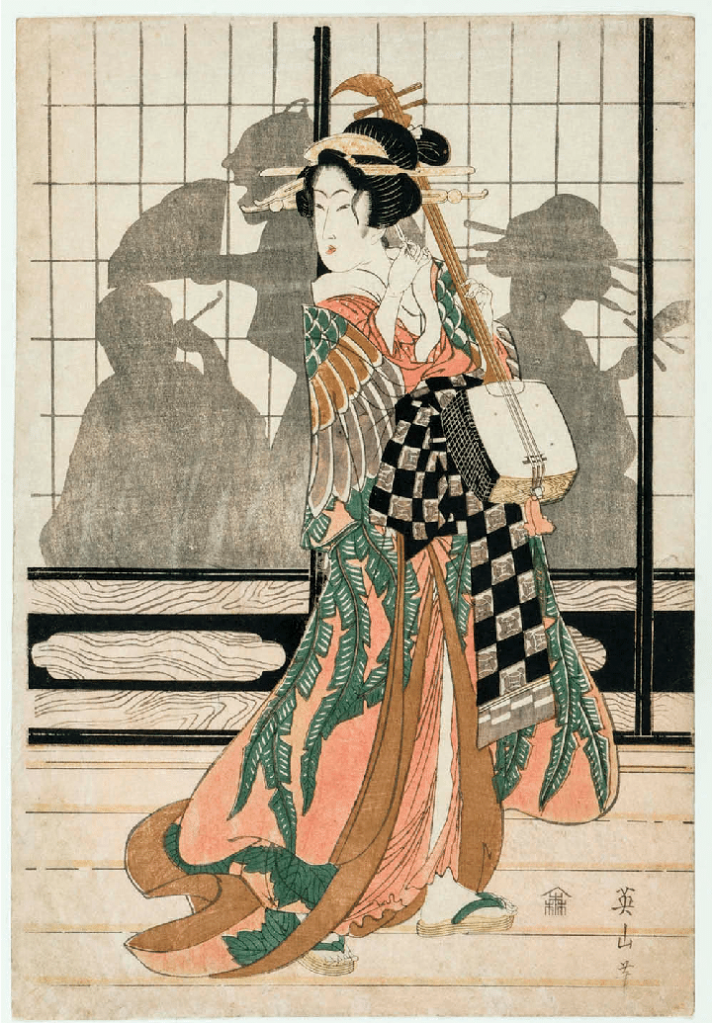
The origin of geisha
The word geisha can be broken up into gei, translating to ‘art’ and sha, which translates to ‘person.’ This makes a geisha someone of artistic talents and offers insight into the range of skills they were expected to learn from a young age. Geisha were taught how to entertain, sing, make jokes, perform tea ceremonies, play the shamisen and more.
The occupation of the geisha was first established in 17th century Edo, as a profession that involved singing and entertainment and it’s important to make the definition between a geisha and a courtesan. Geisha were not prostitutes. They were forbidden under Japanese law to compete with the courtesans in the pleasure districts like the Yoshiwara.
However, they were sexually active and could choose the type of patron they wished to spend their time with and who showered them with gifts and protection in return.
In Geishas and The Floating World by Stephen and Ethel Longstreet, this distinction is made clear.
“They were trained as entertainers of men, not as prostitutes, being educated to arrange flowers, perform the tea ceremony, play an instrument, and sing and dance. For a party they also told amusing stories, tickled the fat or shy guest, bowed to the bolder ones, giggled at obscenities, served and helped with the chopsticks of a guest who wanted to be fed or was too drunk or amorous to try.”
The geisha lifestyle in classical Japan
During the heyday of the geisha, they were respected and started their training from as young as the age of six. They were presented as maiko, an apprentice and fully bound to the okiya, the entertainment establishment in which they spent their training.
Hiring a geisha was a costly affair and it was customary for a party host to reserve a select number of geishas at a teahouse. Not everyone could simply walk in off the street and ask for a geisha’s services and for those who had that honour, the women would ply them with the latest stories, serve them sake, show them dirty picture books and warm guests up for the courtesans.
Off the job, geisha were free to explore their sexual desires, as the Longstreets’ describe in great detail.
“Geishas were not moral prudes or ritual virgins. They too had lovers. They too favoured a rich man with their bodies…She usually had a rich lover or protector who kept her, and to whom, in theory, she was faithful. But inflamed by popular pornographic novels and erotic plays, and sentimental as any dancehall girl, the geisha would keep a lover on the side at times.
The ambition of a geisha, if not owned or under contract to a house, was to own an eating-place of her own, or a green tea house where she could own her own geishas, and to provide courtesans for guests. Assembling women for men’s carnal pleasures was a way of life few questioned.”
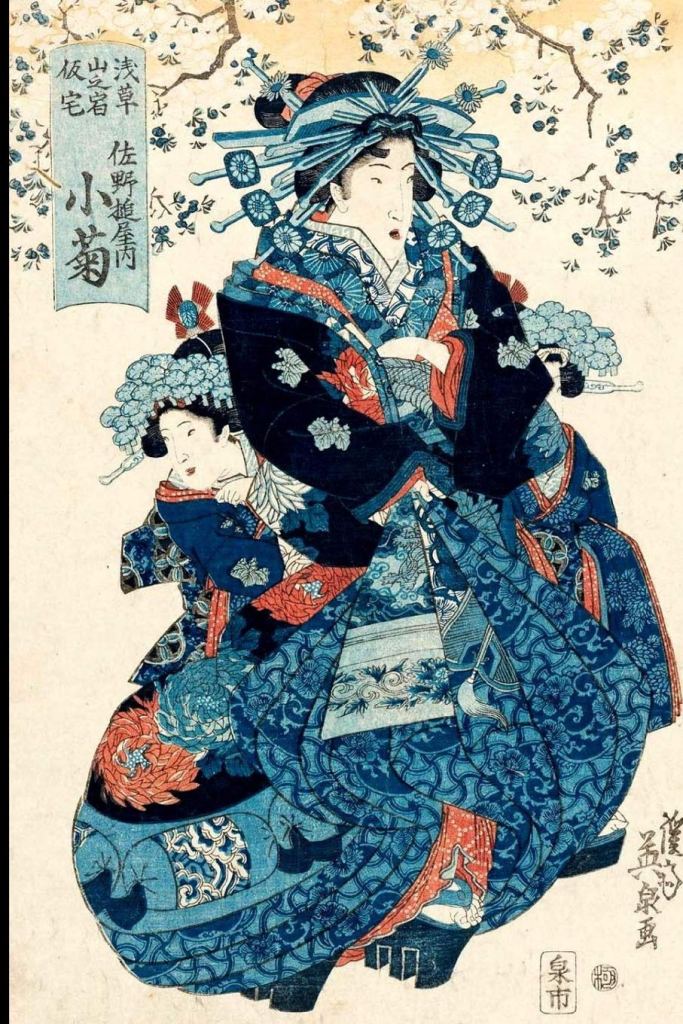
Changing perceptions
Over the centuries and as Japan opened up to the world, the differences between geishas and courtesans became harder to define and the profession gradually started to decline. In a post WW1 booklet, the Japanese journalist Aisaburo Akiyama lamented the fall from grace.
“Frankly speaking, the closing pages of the geisha’s life is like a withering flower whose pretty colours and fragrant scent have forever gone, nobody caring to spare a glance to it and more so to touch it any more.
But let us look back upon the geisha in the prime of age, enjoying a peerless popularity, attired in silk and brocade kimonos, ruining countless riches and dignitaries, depriving them of high ranks and wealth, and finally making them bow down under their slender knees….as far as fleeting clouds, all these turned out in the twinkling of an eye nothing but a passing dream.
In vain she wished for a palatial vehicle that is being ridden by somebody else now-a-days. Fortune has passed off without lingering at the door. Her beauty and pride have gone side by side. Now that she begins to wish for mental contentment and resentful days, her once attractive look and unsustained chastity are no more.”
Geisha of the modern day
While Akiyama’s analysis might sound overly cynical, to some degree it captures the accuracy of the decline of geisha. In the modern day, the number of operating geisha is a fraction of what it was back in the glory days of old Edo. But that’s not to say the profession has stopped all together or that people aren’t as fascinated as ever to catch a glimpse of this culture.
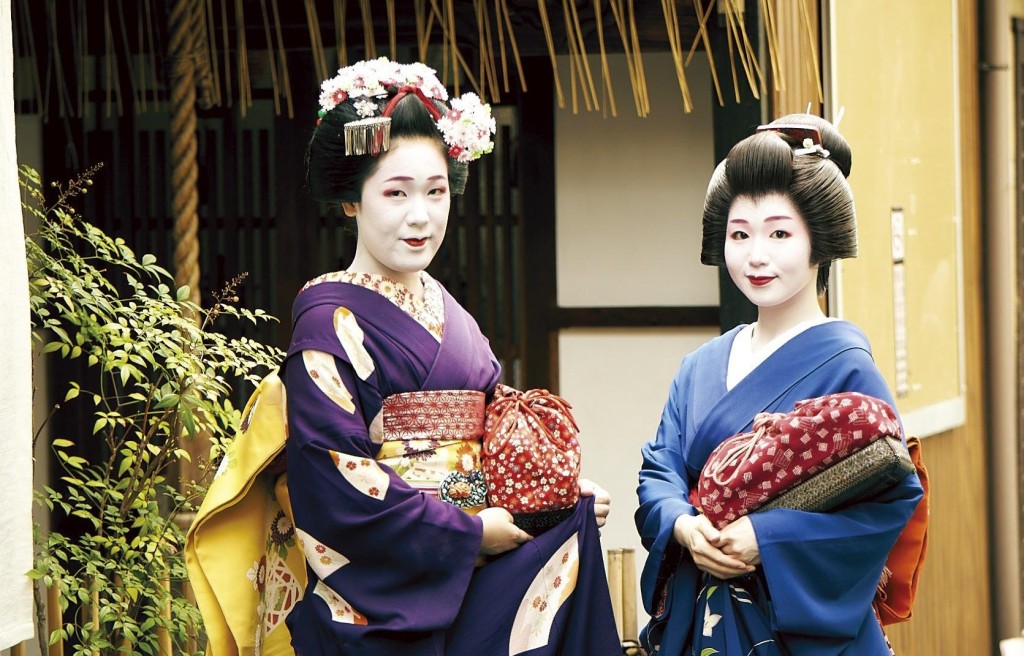
Geisha are still active in the hanamachi (flower towns) districts of Tokyo and Kyoto and the stages of training are drastically different than they were centuries ago. Girls who are apprenticed as geisha usually debuted as maiko at the age of seventeen and those who come from outside the lifestyle must graduate from middle school and then make a personal decision to join the profession.
Online documentaries, marketing campaigns and content produced by okiyas are inspiring more young women to step into the geisha lifestyle and honour the tradition. So, while the trade may never reach the heights that it did during the Edo period, the tradition of the geisha is still very much alive and well.
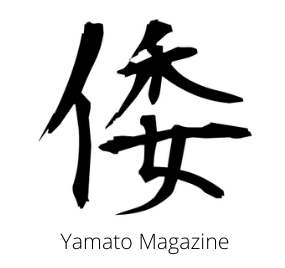
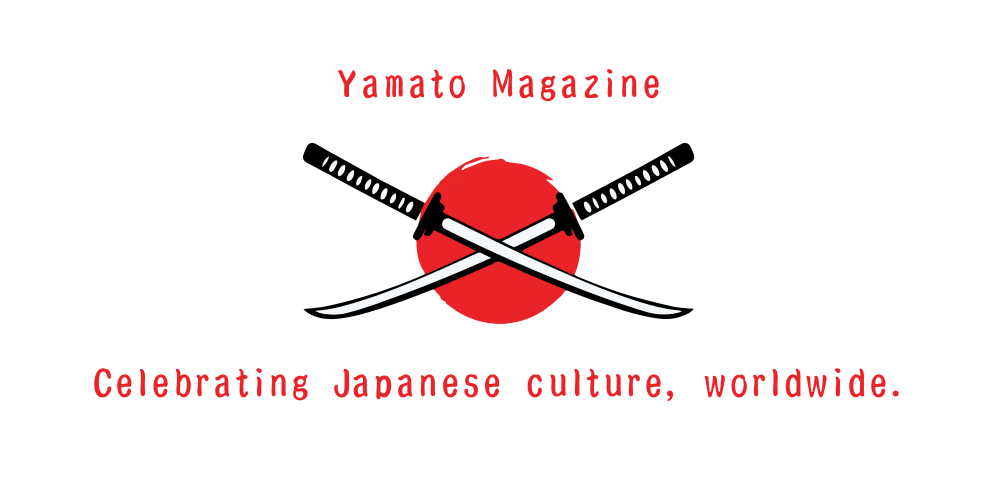
Nice article! It’s interesting, i feel like Geisha as a concept tends to be something that foreigner’s talk about more than native Japanese citizens, at least in my time here. It was fun to learn more about their history.
LikeLike